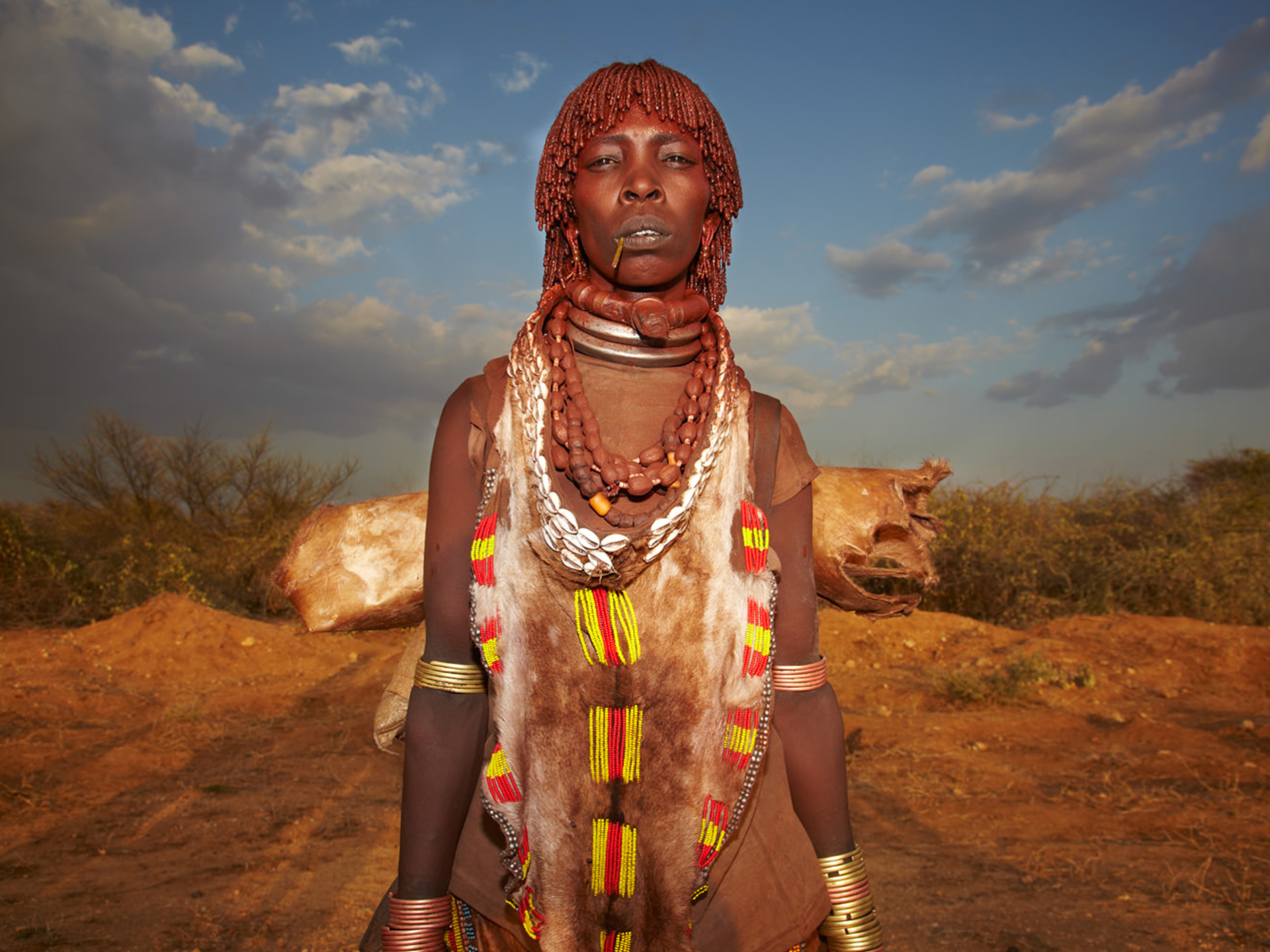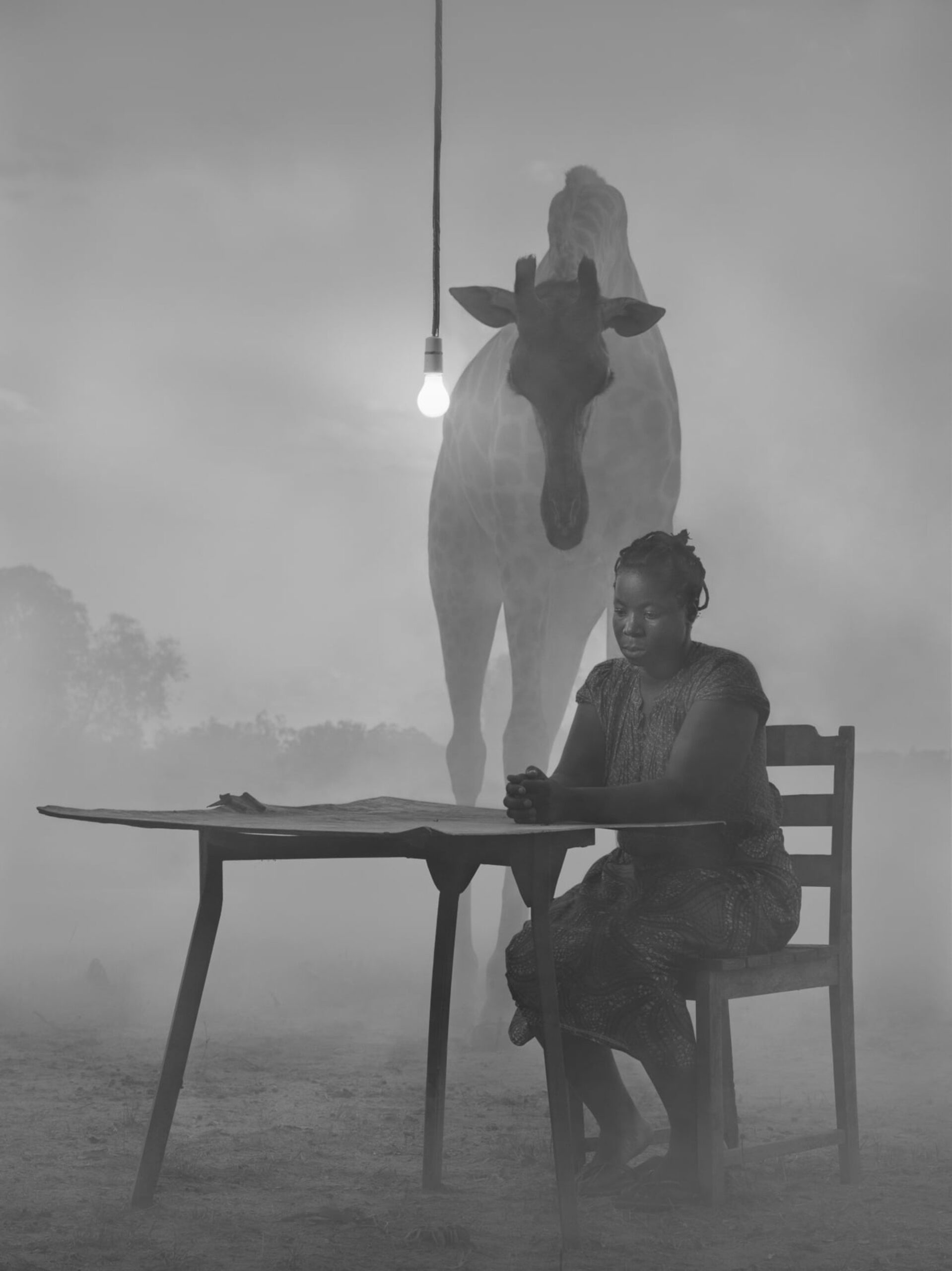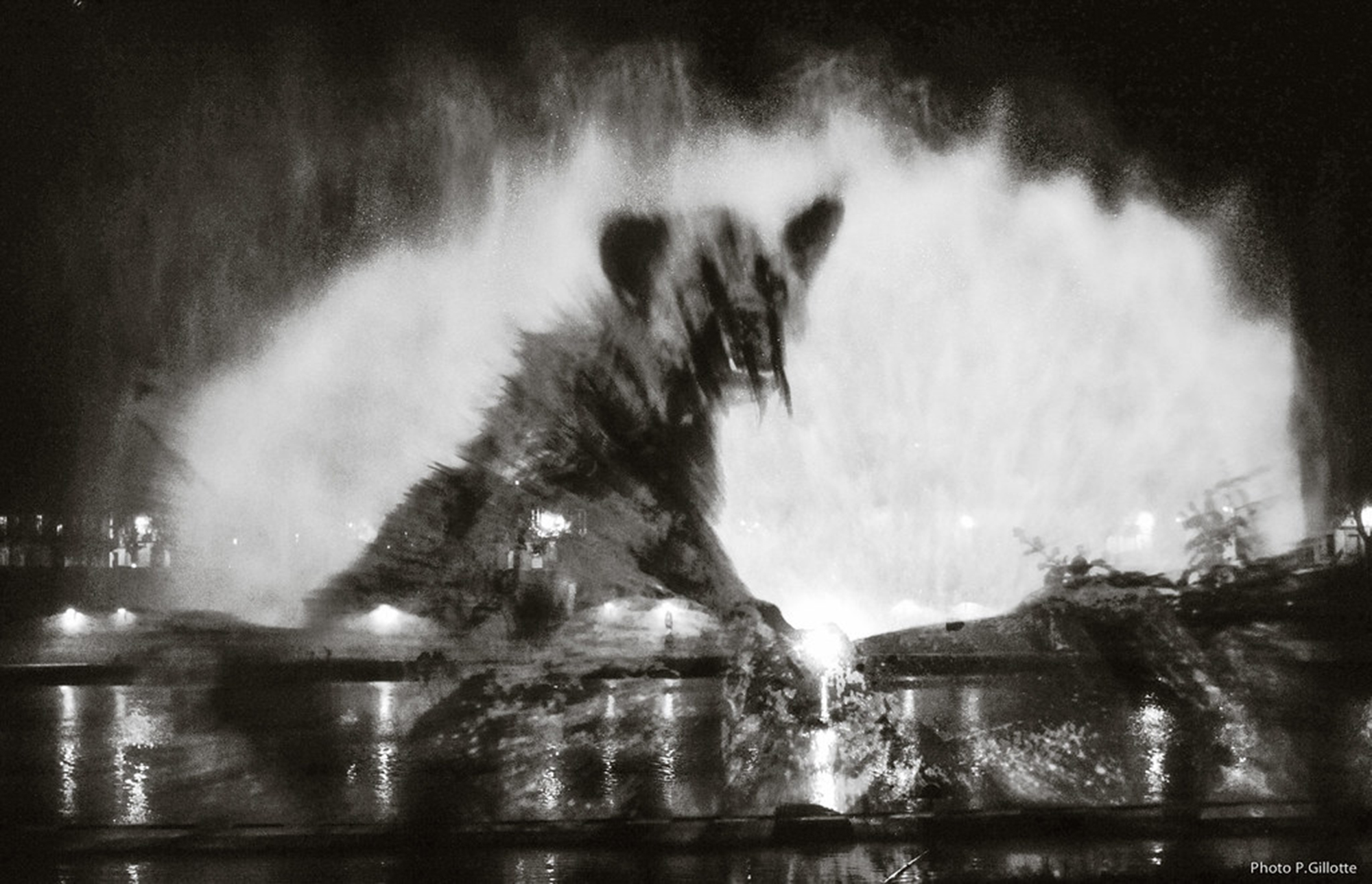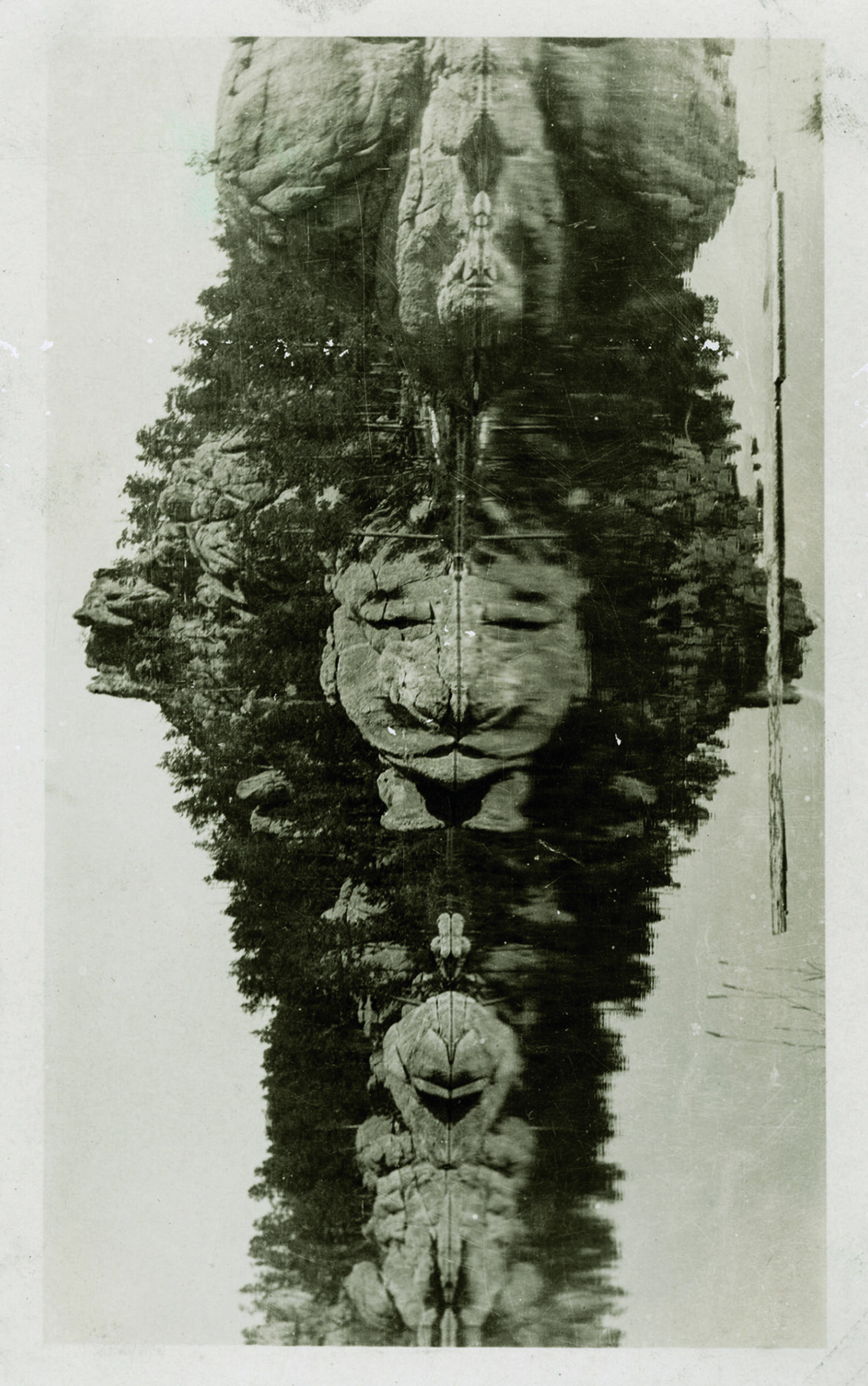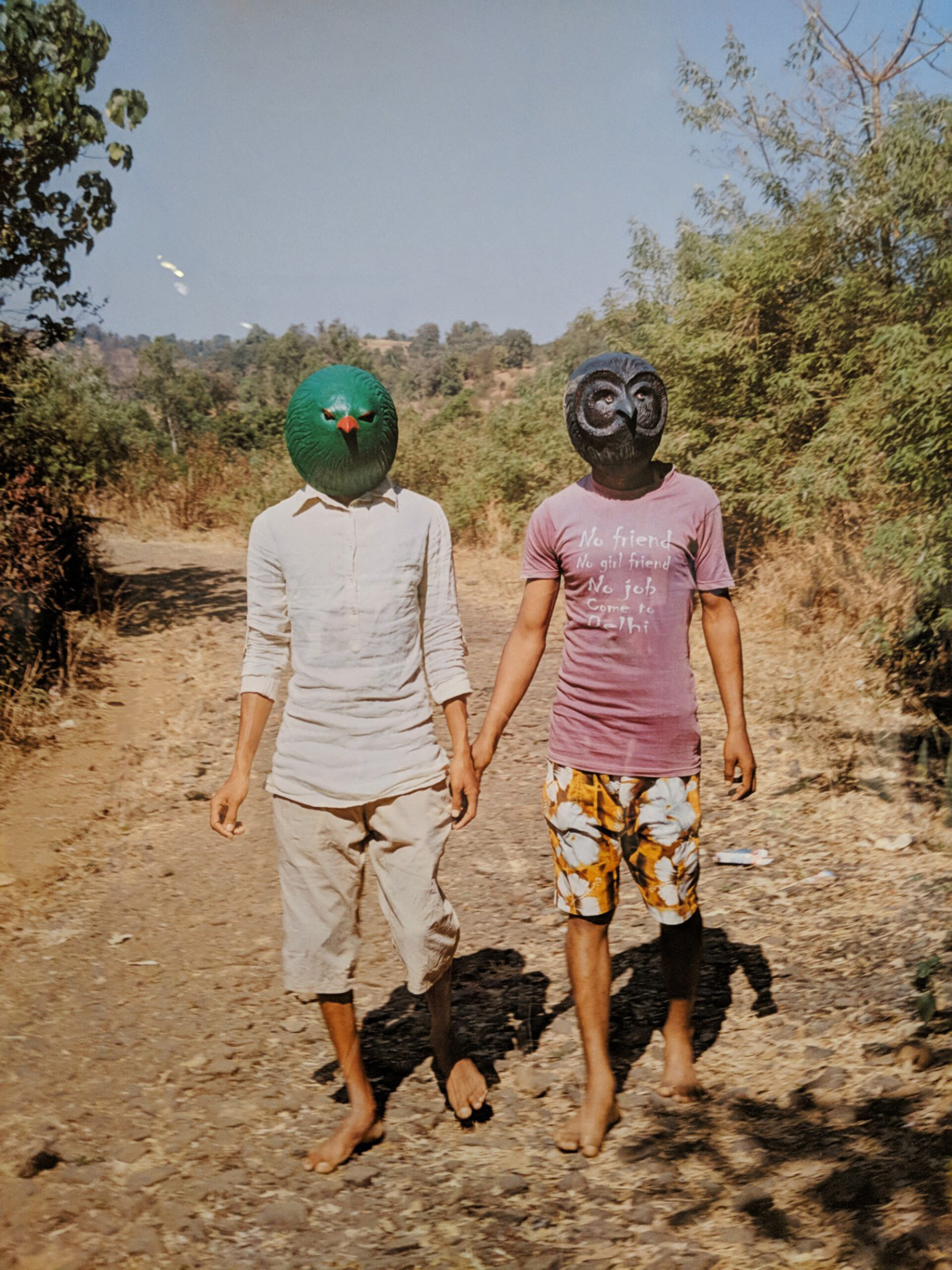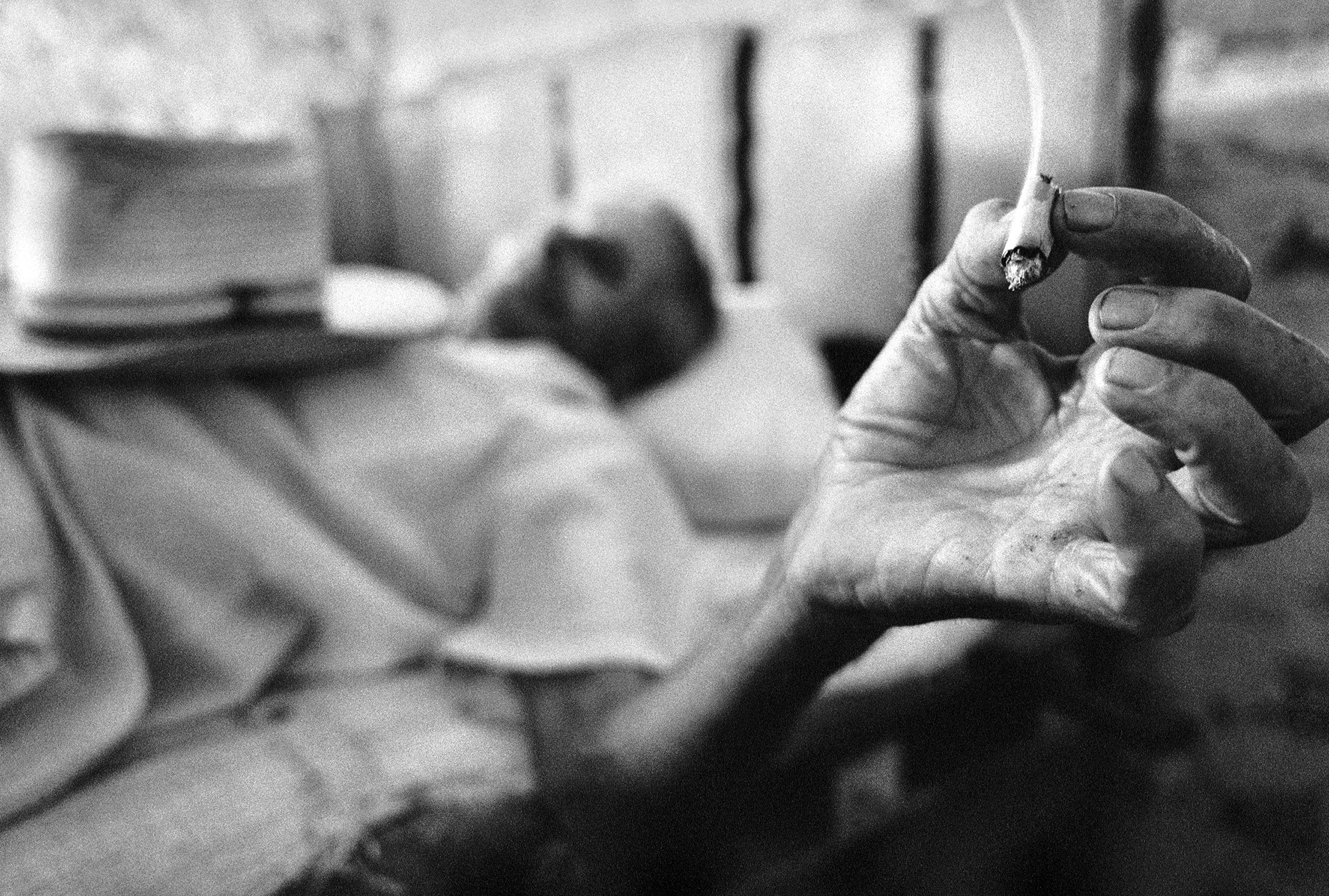Image of the Day
Specially curated
365 Days, 365 Images
of National/International
Photographers
An Image a Day
Let us engage with this
Fascinating Medium that
Breaks all boundaries
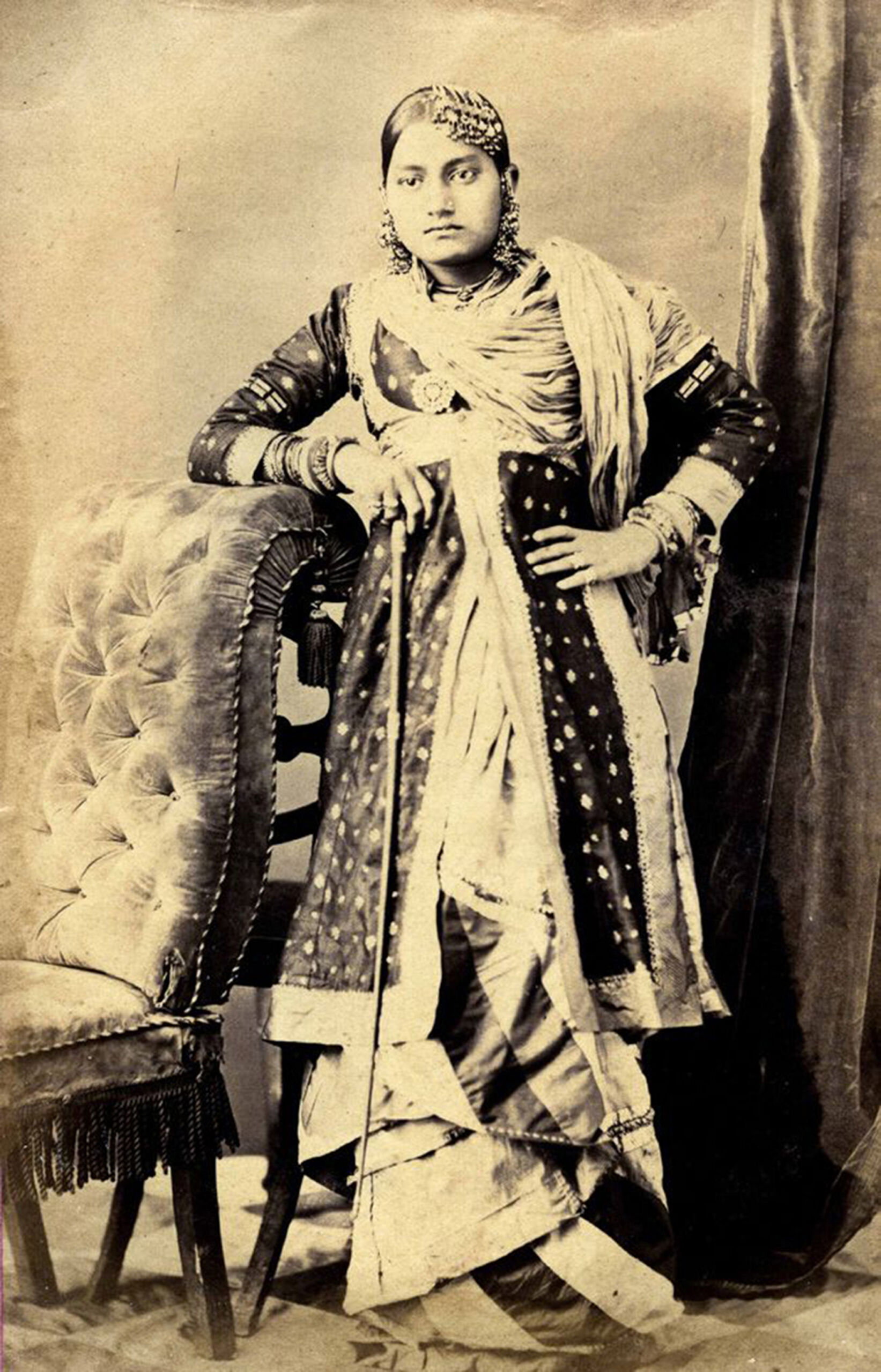
Beauties of Lucknow © Darogha Abbas Ali | Image source internet
Abbas Ali
Darogha Haji Ubbas Alli (aka Darogha Abbas Ali) was a 19th-century Indian engineer and photographer. Following his retirement as a municipal engineer in Lucknow, Alli began photographing the city and its surroundings in the 1870s. He published three albums from 1874 to 1880. The Lucknow Album and Beauties of Lucknow both dated 1874. In 1880, he produced another photographic album, An Illustrated Historical Album of Rajas and Taaluqdars of Oudh, comprising images of the landed gentry of Oudh. Ali’s other photography concerned the nautch women of Lucknow.
All three works are leather-bound single volumes; each with varying amounts of text. The Lucknow album consisting of a map of Lucknow and photographic illustrations of tombs, churches, old and new buildings of the town. The Album is rich in text describing in detail the sites. The album was intended as a guide to Lucknow town. The album contains 50 photographs which are all albumen print of 9.5×6 cm size. the illustrated Historical Album of Rajas and Taaluqdars of Oudh, with 344 photographs, albumen prints, 3.75 x 2.25. 3 x 2 inches, titled in Arabic script. The smaller albumen prints are mounted four-per-page within ruled borders in the album. The album is the visual list of local minor Rajas, wealthy Muslims, Hindu landlords with the headgear, attire, and appearance.
Darogha Ubbas Alli used albumen prints on carte-de-visite, due to its simplicity and inexpensiveness to produce. The carte-de-visite, abbreviated CdV, was a type of small photograph which was patented in Paris by actor and daguerreotypist André Adolphe Eugène Disdéri in 1854. Indian Albums for the collection and display of cards became a common fixture in England’s elite. The carte de visite was usually made of an albumen print, which was a thin paper photograph mounted on a thicker paper card. They were created by using a sliding plate holder and a camera with four lenses. The original albums are found in British Library and in The Alkazi Collection of Photography in India.
Ali’s work evinces traces of the muraqqaʿ (albums of collated paintings), possibly the modes of conveyance bringing sixteenth- through eighteenth-century subjects, compositions, and aesthetic concerns into the nineteenth century. Lucknow was one of the principal centers for the patronage of painting techniques, styles and subjects descended from the Mughal period (1526–1857). The muraqqaʿ was not simply a repository of historical masterpieces; it continued to be a patronized mode of artistic production into the age of photography.
Published on February 3, 2021
See All Image of the Day | 365 days, 365 images
Share
Related Posts
Ethiopia Project | David Goldman
David Goldman is an American photographer. A 1998 graduate of the University of Rhode Island with a bachelor’s degree in journalism and a minor in Spanish, Goldman’s first job was as a staff photographer at the weekly North County Independent newspaper, in Rhode Island.
Kuda et Sky II | Nick Brandt, Kenya 2020
Nick Brandt (born 1964) is an English photographer. The themes in Nick Brandt’s photographic series always relate to the destructive impact that humankind is having on both the natural world and now humans themselves too.
Untitled Michel Vanden Eeckhoudt Photography
Michel Vanden Eeckhoudt (1947-2015) was a Belgian photographer. He co-founded Agence VU’ with Christian Caujolle in 1986. He is represented by the Gallery Camera Obscura in Paris. Belonging to the tradition of reportage and the “decisive moment”, his works have been widely published. His personal works include Belgian competitions and Immigrants in his country.
Untitled | Jean-Marie Donat
Jean-Marie Donat (born in 1962) lives and works in Paris where he runs the independent creative editorial agency AllRight. For over 35 years he has been gathering a vast photographic collection of vernacular photographs focused on delivering a singular reading of the 20th century.
Acts of Appearance | Gauri Gill, 2015
Gauri Gill (born 1970) is an Indian photographer who lives in New Delhi. Gill earned a BFA (Applied Art) from the College of Art, New Delhi; BFA (Photography) from Parsons School of Design/The New School, New York and MFA (Art) from Stanford University, California.
Cuba by Raúl Cañibano
Raúl Cañibano Ercilla is based in Havana. He was born in 1961. One of the younger generation of photographers born after the Revolution, his work focuses on people, everyday life, history and socialism. He has exhibited world-wide and won a major prize in Cuba for a project on the life of rural workers.


